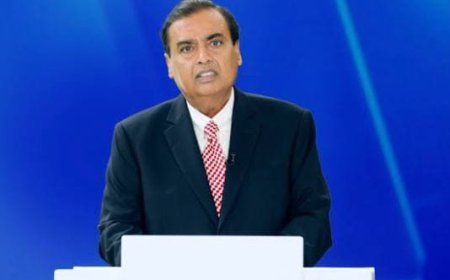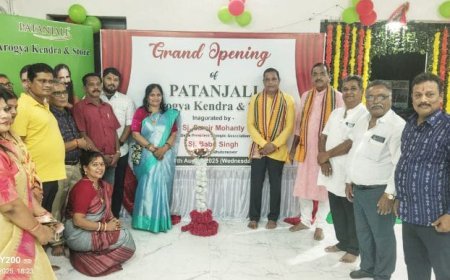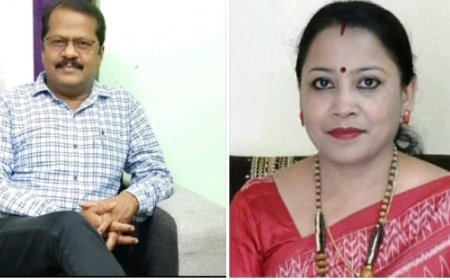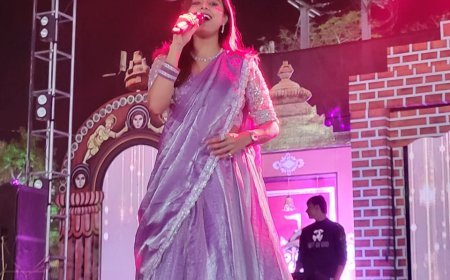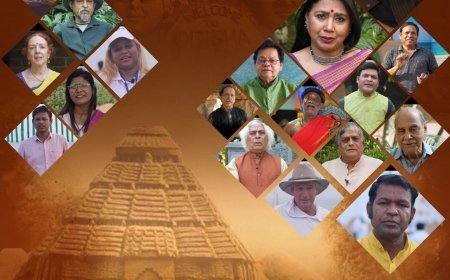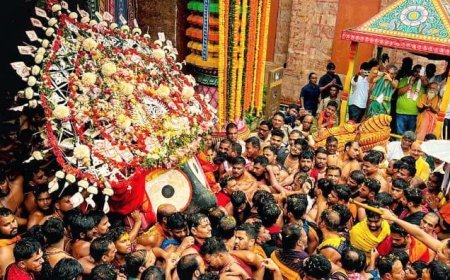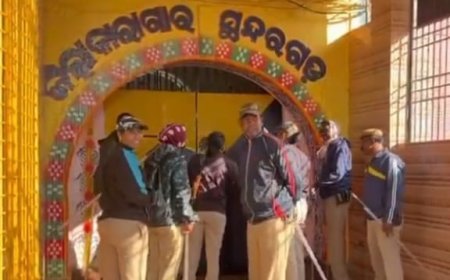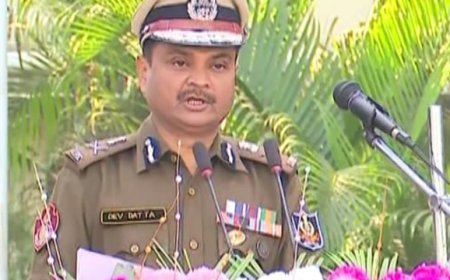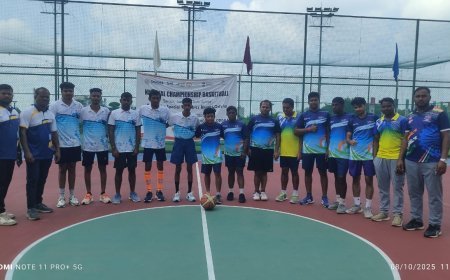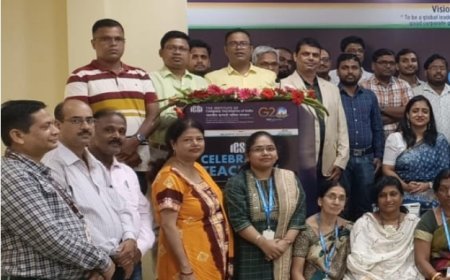MAKARA SANKRANTI
Festivals and Celebrations
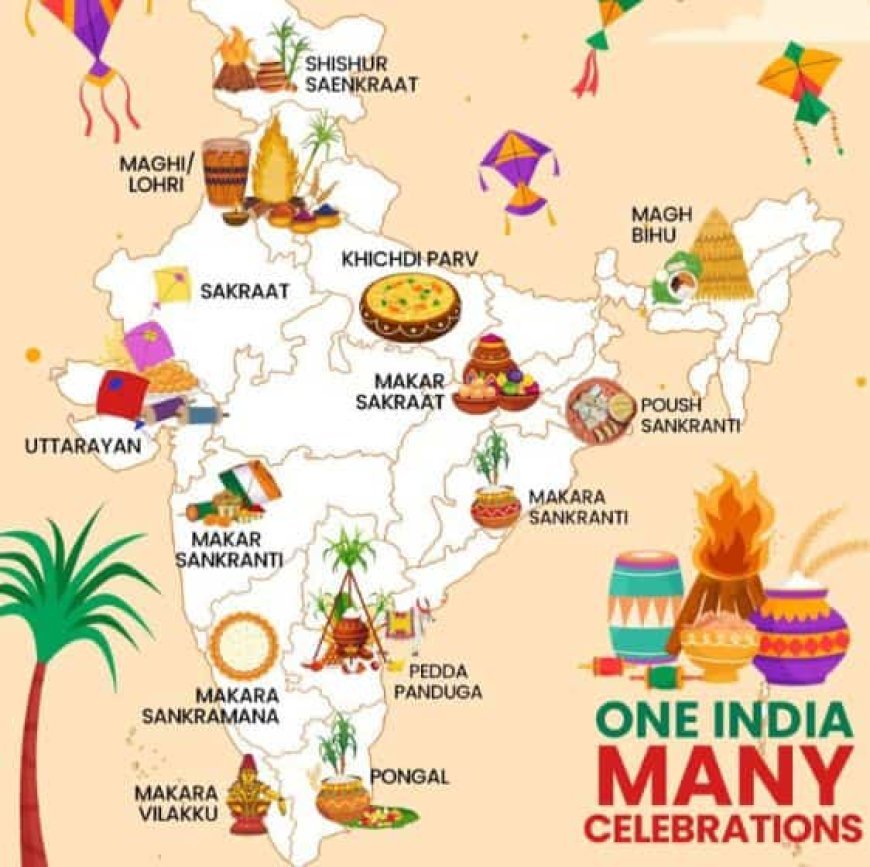
Sanjay bhatt
Makar Sankranti is a pan-Indian festival celebrated with great enthusiasm across the country. Outside India, Romans and Jews also celebrate this significant festival with pomp and grandeur. Among the regions of India, it is most prominently observed in South India, where it is known as Pongal.
On this day, the Sun transitions into the Capricorn zodiac (Makara Rashi). According to the solar calendar, Makar Sankranti marks the first day of the month of Makara. The term Sankranti signifies the Sun's transition from one zodiac sign to another. Specifically, on this day, the Sun moves from Sagittarius (Dhanu Rashi) to Capricorn (Makara Rashi), marking the beginning of its Uttarayana (northward journey).
Beliefs and Traditions
It is believed that with every Sankranti, the Sun enters a new zodiac sign and remains there for a month. On Makar Sankranti, the Sun moves into Capricorn and begins its six-month-long northward journey. This period is considered highly auspicious for marriages, rituals, sacrifices, housewarmings, temple dedications, and other sacred ceremonies. Worshipping the Sun during this time is believed to bring spiritual benefits and fulfilment of desires. According to an Odia proverb, “Makaratharu dina bakra hue,” meaning, "From this day, days start becoming longer." The Sun’s radiance also becomes stronger from this day onwards.
According to mythology, Goddess Sankranti defeated the demon Shankarasura on this auspicious day.
Hindus believe that those who pass away during the Sun's northward journey attain Moksha (salvation) and entry into heaven. This period is also revered for offering prayers to the Sun, the source of light and life. In some places, Lord Shiva is worshipped alongside the Sun, emphasising the union of divine energies.
Rituals and Celebrations
During the holy period of Makar Sankranti, people bathe in rivers or ponds early in the morning and offer prayers to the Sun, seeking absolution from sins. Sacred sites like riversides, lakes, and seashores host Makar fairs, saint congregations, and grand festivities. The famous Ganga Sagar Mela on this day attracts thousands of devotees who take a holy dip at the confluence of the Ganga and the Bay of Bengal.
In Odisha, Makar Sankranti is celebrated as the harvest festival, marking the arrival of new crops like rice and sugarcane. Special offerings prepared from newly harvested rice, molasses, chhena (cottage cheese), bananas, coconut, ghee, and milk are offered to household deities and in the fields. This offering is popularly known as Makar Chaula.
In some regions, poda pitha (a traditional baked rice cake) made with newly harvested rice, molasses, bananas, and coconut is offered to deities. Farmers express gratitude to the Sun by offering new crops and performing prayers during this auspicious time.
Another notable tradition of Makar Sankranti is flying kites, which symbolise reaching out to the heavens.
Significance in Scriptures
It is believed that those who pass away during this period are granted a place in Vaikuntha, the abode of Lord Vishnu. At the famous Jagannath Temple in Puri, the festival is observed as Uttarayana Yatra, a significant part of the Dwadashi Yatra.
A Culinary Celebration
In Odisha, Makar Sankranti also marks the preparation of a special dish made from freshly harvested rice, molasses, and other ingredients, which is offered to the deities and enjoyed by the community. Eating til (sesame) and jaggery ladoos is another popular tradition associated with the festival.
Makar Sankranti reflects the harmony between agricultural abundance, cosmic alignments, and spiritual significance, embodying joy, gratitude, and devotion.






